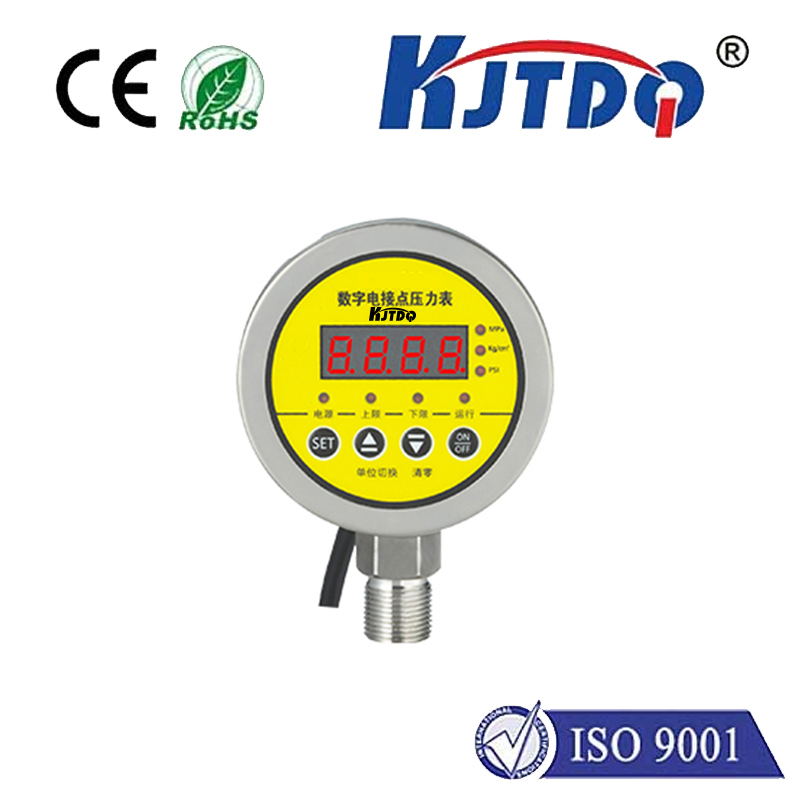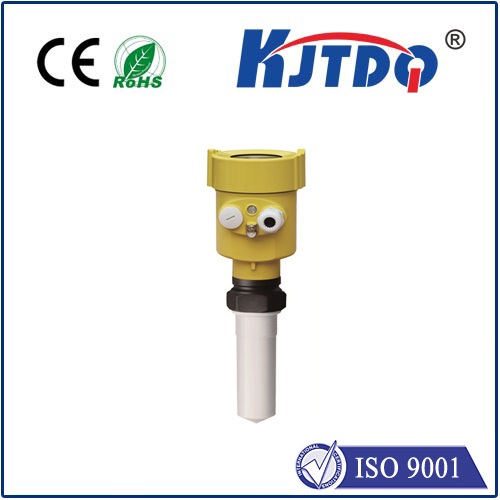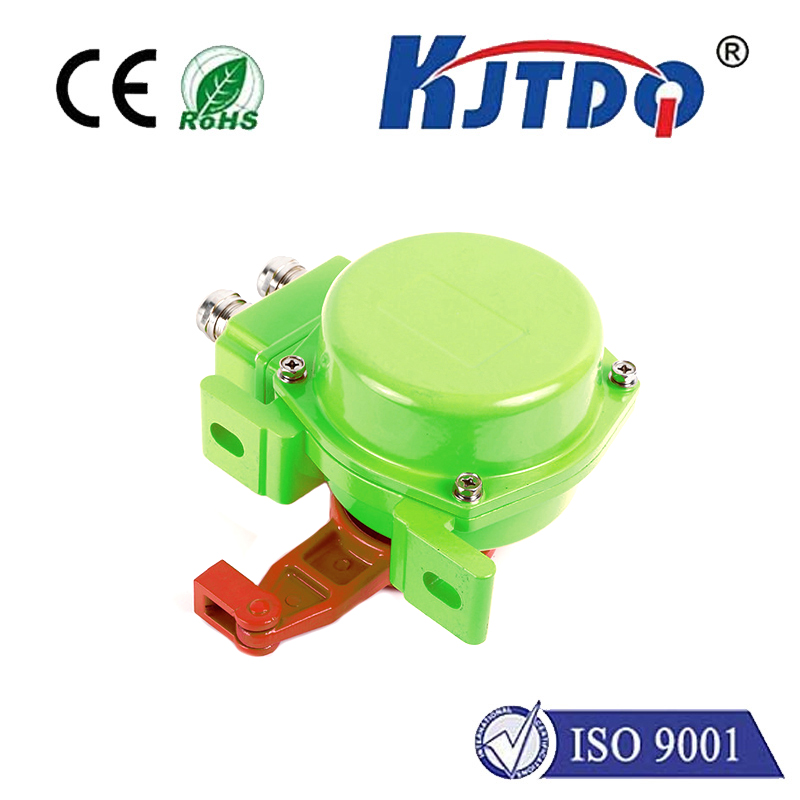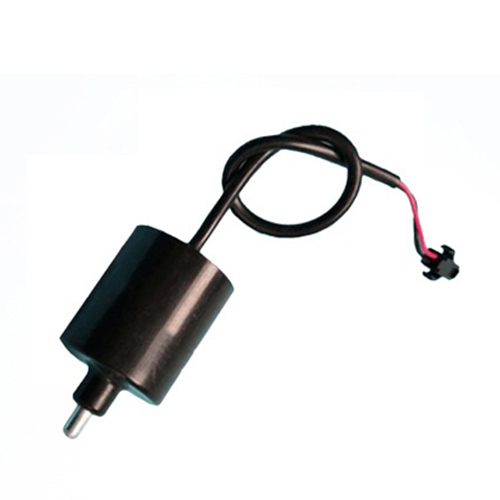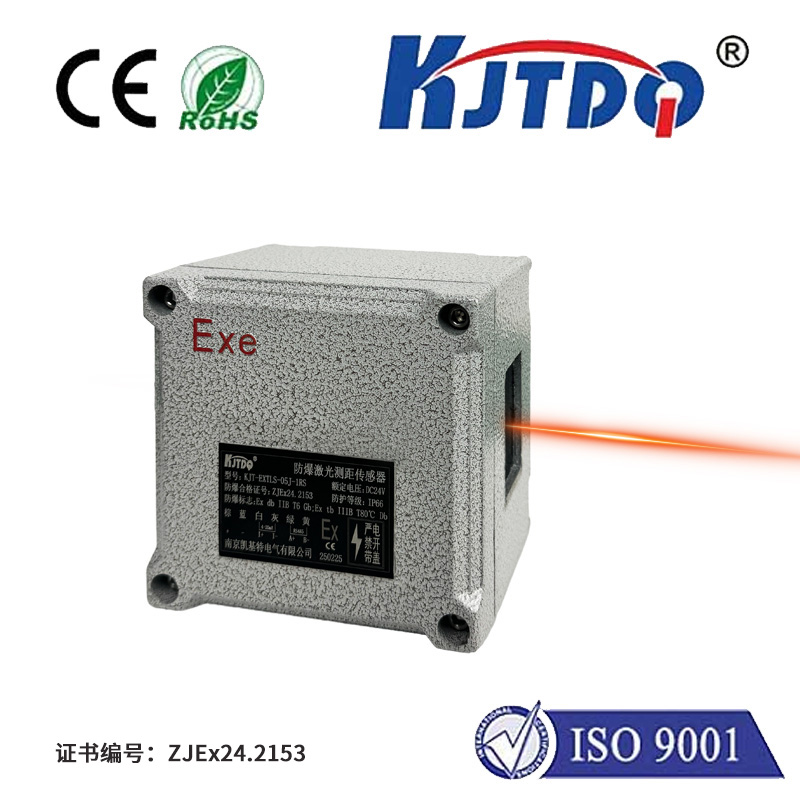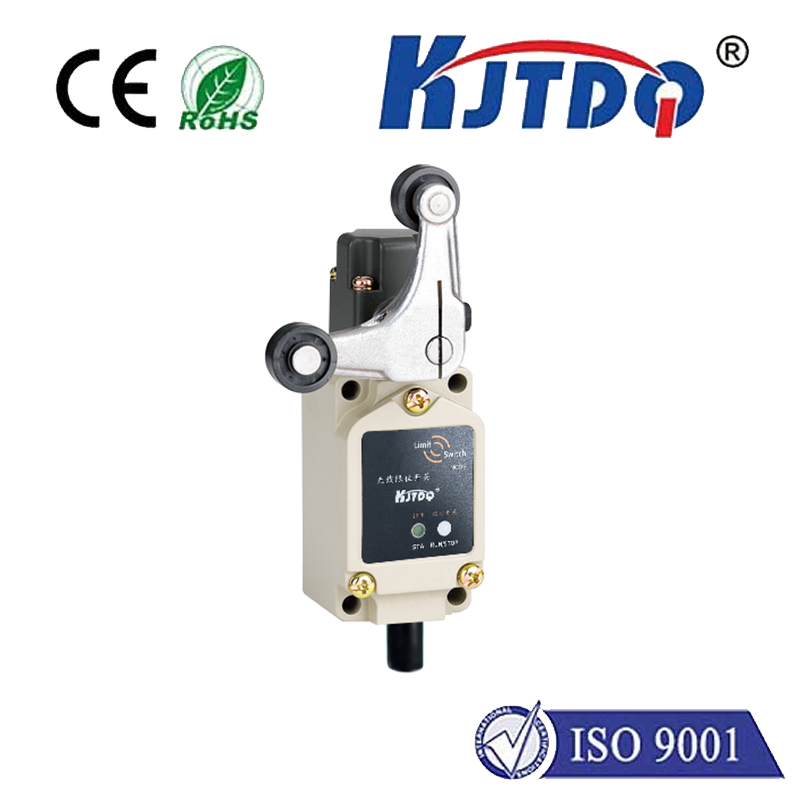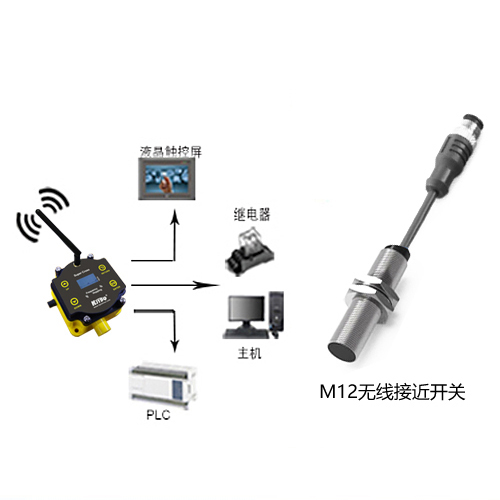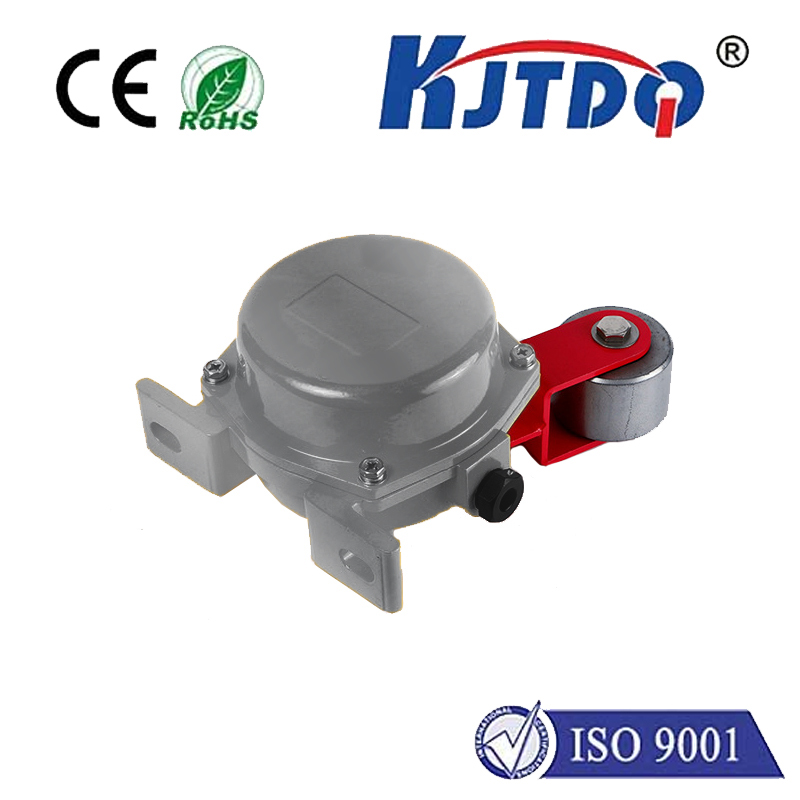harga sensor photoelectric
- time:2025-07-26 00:00:06
- Click:0
Harga Sensor Photoelectric: Navigating Value Beyond the Price Tag
Understanding photoelectric sensor pricing (“harga sensor photoelectric”) is crucial, but it’s only the starting point. These workhorses of industrial automation detect presence, absence, position, or color without physical contact, making them indispensable. However, focusing solely on the initial purchase cost can be a costly mistake. True value lies in selecting the right sensor for your specific application, ensuring long-term reliability, minimizing downtime, and optimizing operational efficiency.
Why Photoelectric Sensors? The Foundation of Modern Sensing
Before diving into cost factors, it’s essential to grasp why photoelectric sensors are so prevalent. They operate by emitting a light beam (visible, infrared, or laser) and detecting changes in the received light. Variations occur when the beam is interrupted (opposed mode), reflects off a target (retro-reflective mode), or scatters back from a non-reflective surface (diffuse mode). This versatility allows them to:

- Detect objects at varying distances (from millimeters to meters).
- Handle diverse target materials (metal, plastic, wood, glass, liquids).
- Operate reliably in challenging environments (dust, moderate moisture).
- Provide high-speed detection crucial for modern production lines.
Their reliability and flexibility make them a cornerstone technology across packaging, material handling, automotive, food & beverage, and countless other sectors.
Decoding “Harga Sensor Photoelectric”: Key Factors Influencing Cost
The price you see isn’t arbitrary. It reflects a combination of engineering, materials, features, and performance specs. Understanding these elements helps you make an informed investment:
- Sensing Technology & Mode:
- Standard Diffuse: Typically the most economical, suitable for general presence detection but susceptible to target color/reflectivity.
- Background Suppression (BGS) / Fixed Field: Crucially ignores objects beyond a set distance, offering stable detection regardless of color or background. More sophisticated, hence higher cost.
- Retro-reflective: Requires a reflector; often mid-range pricing. Simple setup, good range.
- Through-Beam (Opposed): Highest accuracy and range, separate emitter and receiver. Usually higher priced due to needing two components.
- Laser Sensors: Offer extremely precise detection and small spot sizes, essential for tiny objects or high accuracy. Command a significant price premium.
- Performance Specifications:
- Sensing Range: Sensors with longer detection distances often cost more.
- Spot Size & Precision: Smaller laser spots or sensors designed for minute targets involve more complex optics.
- Response Time: Ultra-high-speed sensors for rapid production lines require advanced electronics.
- Repeat Accuracy: Consistent performance under varying conditions adds cost.
- Robustness & Environmental Protection:
- Ingress Protection (IP Rating): Sensors designed for harsh environments – dust, water jets (IP65, IP67, IP69K), chemicals, or high-pressure washdowns – require superior sealing and materials (e.g., stainless steel housings), increasing harga sensor photoelectric. Don’t underestimate the cost of failure in critical environments.
- Temperature Range: Operation in extreme heat or cold necessitates specialized components.
- Resistance: Protection against chemicals, oils, or UV radiation adds to the bill of materials.
- Features & Functionality:
- IO-Link Compatibility: Sensors enabling smart diagnostics, parameter adjustment, and data exchange command higher prices but offer significant long-term value through predictive maintenance and reduced setup time.
- Advanced Teach-in Methods: Potentiometers are cheap; digital displays, push-button teaching, or remote teach capabilities add convenience and cost.
- Connectivity Options: Variants with M8/M12 connectors often cost more than simple cable outlets.
- Specialized Optics: Polarized filters (for shiny objects), fiber optic variants, or coaxial optics influence cost.
- Brand Reputation & Support:
- Established global manufacturers often price higher, reflecting extensive R&D, rigorous quality control, proven reliability, and comprehensive global technical support and warranties. This premium can translate to lower total cost of ownership.
- Generic or lesser-known brands might offer lower initial harga sensor photoelectric, but potential risks include inconsistent quality, shorter lifespan, limited support, and higher long-term replacement costs.
- Certifications & Approvals:
- Sensors needing specific certifications (e.g., UL, ATEX for hazardous areas, FDA compliance for food contact) undergo additional testing and specialized construction, impacting the price significantly.
Beyond the Price Tag: Calculating True Value
When evaluating harga sensor photoelectric, shift your perspective from cost to value and Total Cost of Ownership (TCO):
- Application Fit: The single most important factor. The right sensor for the job avoids false triggers, ensures process reliability, and prevents costly line stoppages. A cheaper sensor that malfunctions frequently is far more expensive than a robust, slightly pricier solution. Understand your target, environment, distance, speed, and required precision first.
- Reliability & Longevity: High-quality sensors from reputable brands last longer and fail less often. This directly reduces maintenance hours, spare parts inventory, and production downtime costs – often dwarfing the initial purchase difference.
- Ease of Installation & Maintenance: Sensors with clear diagnostics (like IO-Link), intuitive teach-in methods, and durable construction save valuable technician time during setup and troubleshooting.
- Durability in Harsh Conditions: Paying extra for high IP ratings or chemical resistance becomes essential if failure means product contamination, production halts, or safety hazards. The cost of a single failure can exceed the price difference many times over.
- Future-Proofing: Investing in features like IO-Link prepares your production line for Industry 4.0 initiatives, enabling smarter monitoring and optimization without sensor replacement later.
Strategic Purchasing: Finding the Optimal Balance
- Define Requirements Rigorously: Document all application parameters – target material, size, distance, required precision, environmental conditions (dust, moisture, temperature, chemicals), response speed, and required output type. This specificity prevents over- or under-specifying.
- Prioritize Critical Factors: Identify non-negotiables (e.g., IP69K in a washdown area, ATEX in a hazardous zone, high precision for component placement). Compromise on less critical aspects.
- Evaluate TCO: Look beyond the catalog price. Factor in potential downtime costs, maintenance frequency and ease, expected lifespan, and the value of features like diagnostics. A slightly higher harga sensor photoelectric might yield substantial savings over 5 years.
- Consider Reputable Suppliers: Partner with distributors known for technical expertise and stocking reliable brands. They provide invaluable guidance to match the right sensor to your need, avoiding costly missteps. Ask about local support availability.
- Explore Value-Added Options: Features like IO-Link, while increasing upfront cost, can provide significant operational benefits and data insights that improve overall efficiency and reduce long-term costs.
- Compare Sensibly: When comparing harga sensor photoelectric, ensure you are comparing sensors with truly equivalent specifications, build quality, and support levels. Not all IP67 sensors, for example, are created equal.
Navigating harga sensor photoelectric effectively means recognizing that the optimal choice isn’t always the cheapest sticker price. It’s about finding the sensor whose capabilities align perfectly with the demands of your application, offering the best combination of












